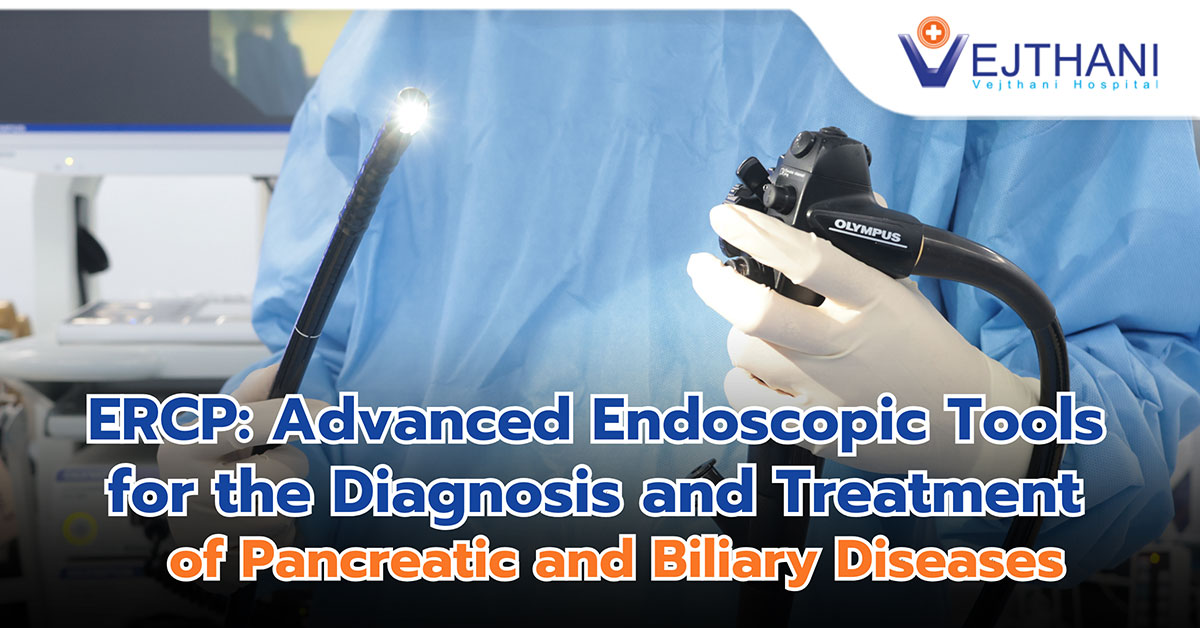
Canthoplasty
Overview
Canthoplasty, also referred to as inferior retinacular suspension or the almond eye procedure, involves modifying the canthus—the meeting point of the upper and lower eyelids. This surgical technique aims to correct drooping or sagging eyelids by tightening muscles, ligaments, and connective tissues at the corner of the eye.
Canthoplasty is considered a safe and effective cosmetic procedure that provides a permanent solution for eyelid reconstruction. This procedure can be performed to tighten a sagging eyelid, reduce eyelid tilt, adjust uneven eyelids, alter the shape of your eye, improve your field of vision, or manage and treat conditions affecting your eyelid.
Types
Canthoplasty surgeries come in two types:
- Epi-canthoplasty. This involves reconstructing the inner canthus, the corner of the eye located near the nasal bridge.
- Lateral canthoplasty. This type focuses on reconstructing the outer canthus, situated at the eye’s corner opposite the nasal bridge, pointing towards the ear
Reasons for undergoing the procedure
In most cases, it is recommended to address various eye and eyelid conditions, such as:
- Trauma
- Entropion
- Ectropion
- Lagophthalmos
- Keratopathy, or cornea damage
Canthoplasty is often recommended for cosmetic purposes to address age-related changes around the corner of the eye, enhancing appearance and restoring a more youthful look. As people age, natural loss of skin elasticity can lead to wrinkles or sagging of the eyelids, making this procedure necessary for rejuvenation.
Risks
Canthoplasty carries potential risks, as with any surgical operation, which may include:
- Bleeding
- Infection
- Bruising and swelling
- Scars
- Pain
- Having trouble closing the eyes
- Dry eyes
Before the procedure
A consultation will be scheduled to discuss about surgical goals, conduct eye examination, and explain what to expect during the recovery period. The healthcare provider will also schedule the surgery during this appointment, which is a good time to ask any questions about the procedure.
Several preparations may be required prior to the procedure, such as:
- Complete lab test
- Using glasses rather than contacts
- Quitting smoking
- Modifying current medications and supplements or adding new ones as needed.
- Transportation arrangements to go home
- At-home assistance for a few days, or until one feels comfortable
During the procedure
A canthoplasty procedure can last between 30 minutes to three hours, depending on the type chosen. Patients receive anesthesia to ensure they do not feel any pain during the surgery. This can be general anesthesia, which puts them to sleep, or local anesthesia, which numbs the specific area being operated on while they remain awake.
On the day of the surgery:
- Anesthesia will be administered as needed
- A small incision near the eyelid will be made
- The eyelid tendon and muscle will be tightened to reduce sagging
- Stitches will close the incision
After the procedure
After canthoplasty surgery, patients may experience mild pain or soreness as they heal. Healthcare providers will provide guidance on safe pain relievers for recovery. A follow-up appointment a week after surgery is often scheduled to monitor recovery progress closely.
Specific instructions to care for the healing eyelid is provided, which may include:
- Adhere to the prescribed medication regimen, which may include topical or oral antibiotics, a steroid, and artificial tears eye drops
- Apply ice for 15-minute intervals to reduce swelling
- Refrain from rubbing the eye post-surgery
- Keep the head elevated with pillows while sleeping
- Refrain from intense exercise or activities for several weeks
- Avoid applying water, soap, or skincare products near the surgical site until it has fully healed
- Avoid swimming in pools or using saunas for three weeks following surgery
Outcome
Canthoplasty is a safe and effective procedure known for enhancing the appearance of the eye and correcting droopy or sagging eyelids. Recovery generally spans from two to four weeks. During this period, swelling may cause the eyes to appear uneven or differently sized, but this typically resolves as the swelling subsides.
After canthoplasty surgery, it’s normal to experience discomfort, mild swelling, and bruising, which typically diminish within the first couple of weeks. Incision lines may be noticeable on the skin for two to three months but will gradually fade over time.
The results of canthoplasty are generally permanent, although in rare cases, minor follow-up surgery may be necessary to address natural aging changes and maintain the desired outcome.
During the recovery period, it is important to observe for any complications that may require medical attention, such as:
- Extreme pain at the surgical area
- A pus-containing discharge from the surgical site along with a fever
- Swelling that worsens
- Surgical area not healing




















